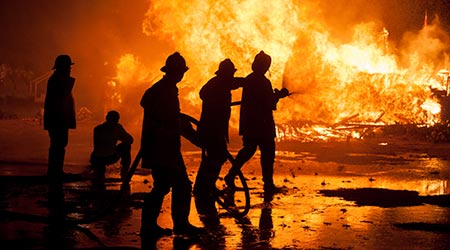
Legionnaires’ Outbreaks Create Facility Challenges
August 9, 2018
Maintenance and engineering managers face a host of challenges each day in ensuring the safe, cost-effective and energy-efficient operation of institutional and commercial facilities. Many of these challenges relate to new developments — regulations, standards, and technology, among them.
Beyond new challenges, managers also must be aware of age-old issues that can arise suddenly and create major problems. One such problem is Legionnaires’ disease, an ever-present and stubborn threat that also can have a potentially deadly impact. A recent cluster of outbreaks of the illness offer a reminder that the challenge remains for facilities:
- Two contractors working on the construction of new apartments at Wayne State University in Detroit have Legionnaires' disease, according to The Detroit Free Press. Their diagnosis follows another case of the illness in May and subsequent testing and sanitizing of campus equipment after the bacteria was found in several locations.
- Water fountains and ice makers were shut off at the Chalmers P. Wylie VA Ambulatory Care Center in Whitehall, Ohio, recently until tests results could determine whether the water was the source of the Legionnaires’ disease contracted by two veterans, according to The Columbus Dispatch. In addition to the two patients with an official diagnosis, five others have presented some symptoms of Legionnaires’ disease.
- Common area pools at the Four Seasons 55+ community in Palm Springs, Calif., were closed this Fourth of July after authorities linked them to two active cases of Legionnaires' disease, according to the Palm Springs Desert Sun. The Riverside County Department of Environmental Health ordered the closure as a precaution after the results of test samples taken from the pools came back positive for the illness.
In addition, many building owners in New York City have failed to comply with the city and state regulations regarding cooling tower inspections to detect bacteria that causes Legionnaires’ disease, according to WNYC. Owners of cooling towers are required to get them inspected every 90 days while in use, and get them immediately cleaned if they show a certain amount of the bacteria that causes the illness. According to state data, more than 1,000 towers around New York City are not up to date with state-required inspections.
This Quick Read was submitted by Dan Hounsell — dan.hounsell@tradepressmedia.com — editor-in-chief of Facility Maintenance Decisions, and chief editor of Facilitiesnet.com.
Next
Read next on FacilitiesNet












